
- About Geoffrey Guy
- List of chapters
- 1 Flatworms and xenobots
- 2 Beyond neurons: quantum effects in the brain
- 3 The ghost in the machine
- 4 Inflammation and equilibrium
- 5 The light fantastic
- 6 Lessons from the pandemic
- 7 Reassessing the causes of cancer
- 8 Energy, information and light
- 9 Before the origins of life
- 10 Unravelling the double helix
- 11 The computer in our cells
- 12 Space: the quantum frontier?
- 13 The quantum fractal
- 14 The path to mainstream
- Glossary
- Buy the book
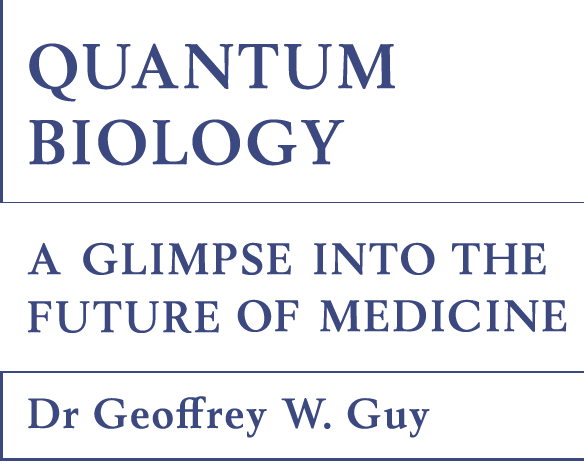
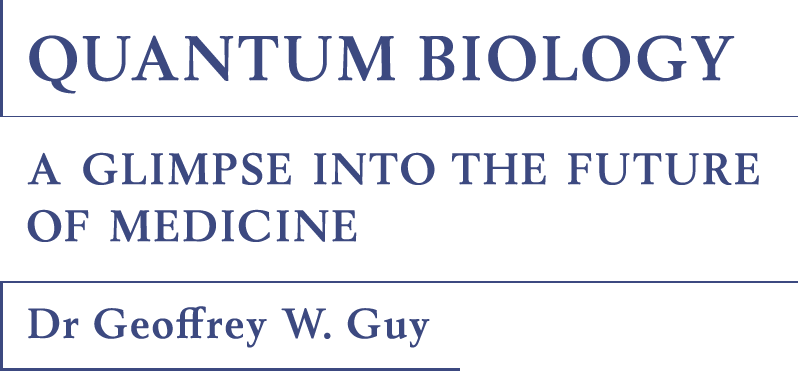

2
Beyond neurons: quantum effects in the brain
This page provides online resources relating to Chapter 2 of Quantum Biology: A Glimpse into the Future of Medicine. Read a chapter extract, or scroll down to access figures and terminology, additional resources published by The Guy Foundation, and a list of further reading.
Name of the Chapter
Subheading
The brain stands at the centre of our nervous system. It coordinates our movements and our reactions to external stimuli. But the details of its functioning and the way in which it gives rise to our consciousness – our awareness of ourselves – are still far from fully understood. If quantum biology can help us to better understand neuroscience – the workings of the brain – that can help the medical profession deal with physical disorders, such as deterioration of function in old age, and more complex mental conditions such as Alzheimer’s and Parkinson’s…
… All our studies are designed to lay a foundation which allows us to take our findings into the conventional therapeutic biological context and look for interventions where we can use them. The presence of quantum effects in the brain might allow us to better understand the mechanisms by which we currently treat mental disorders and even imagine completely new medical interventions beyond the purely chemical.
Buy the book here
Neurons are made up of three main elements: the cell body; dendrites, which are receivers for incoming signals; and the axon, which acts as a transmitter.
It’s thought that signals pass between two nerve cells where the axon of one touches the dendrites of the other. This point is known as the synaptic cleft.
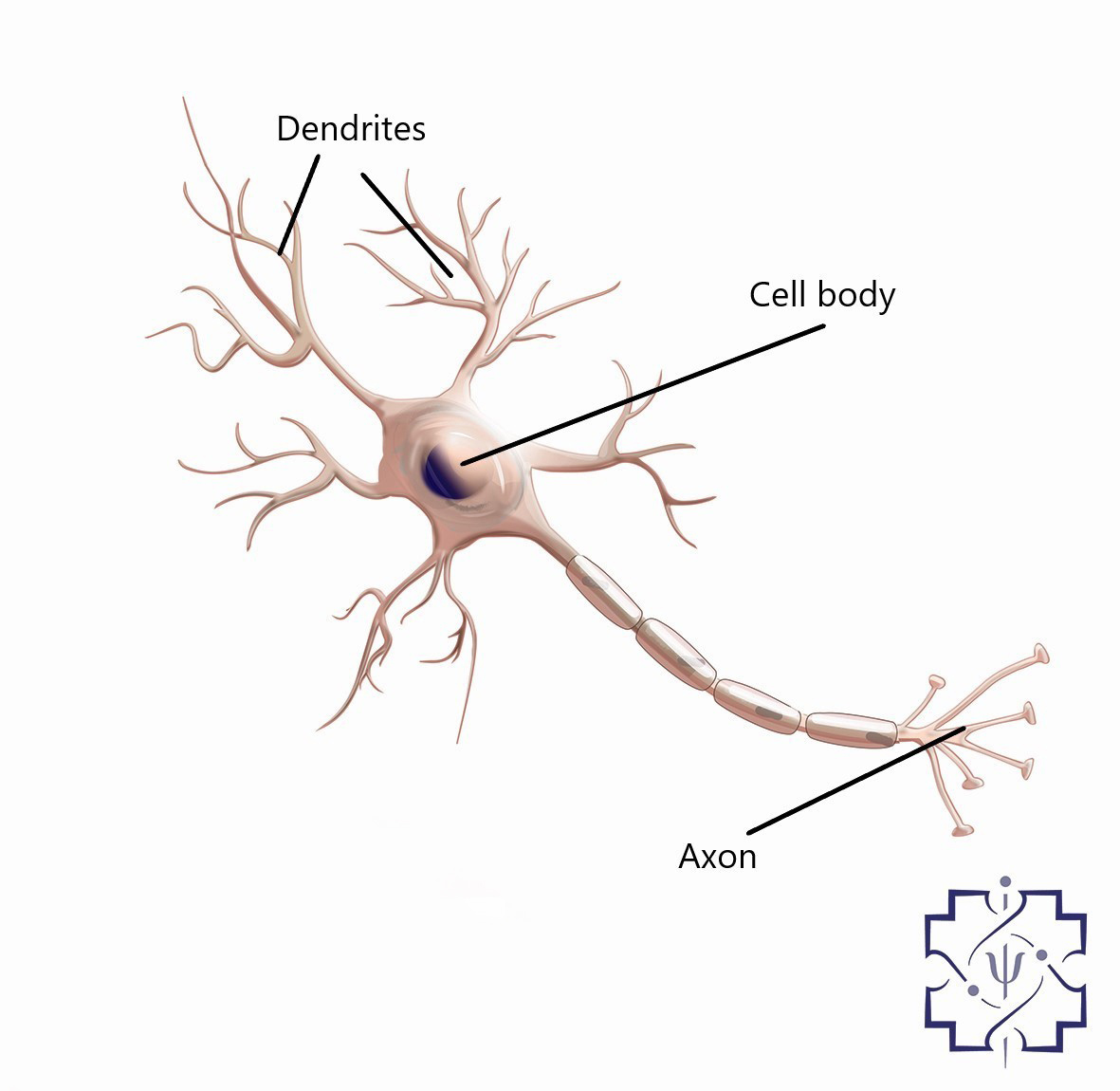
Brain plasticity provides the basis for our normal brain functions, such as our ability to learn or change our behaviour. It is strongest during childhood, but it remains an important property of the brain throughout our lives
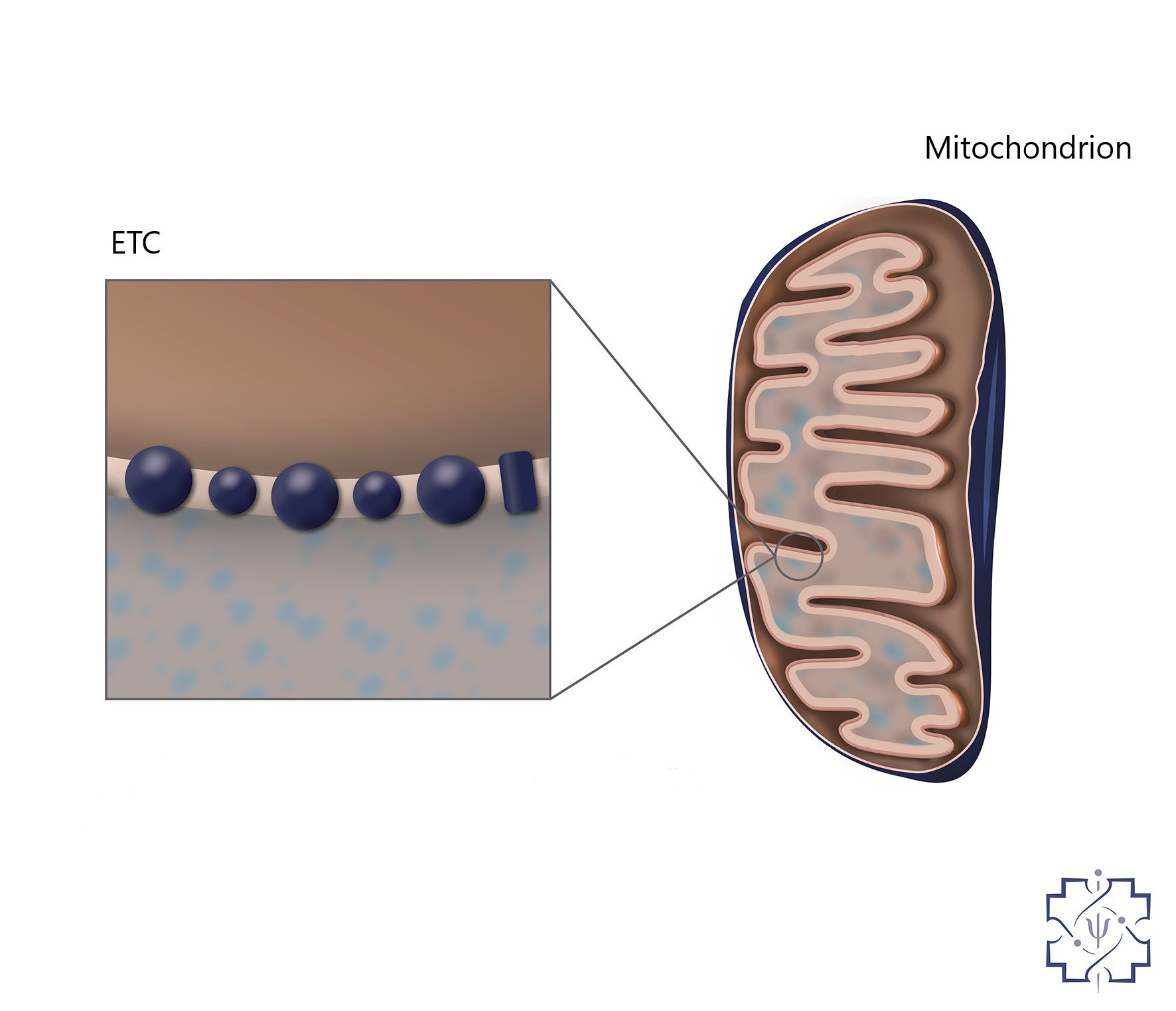
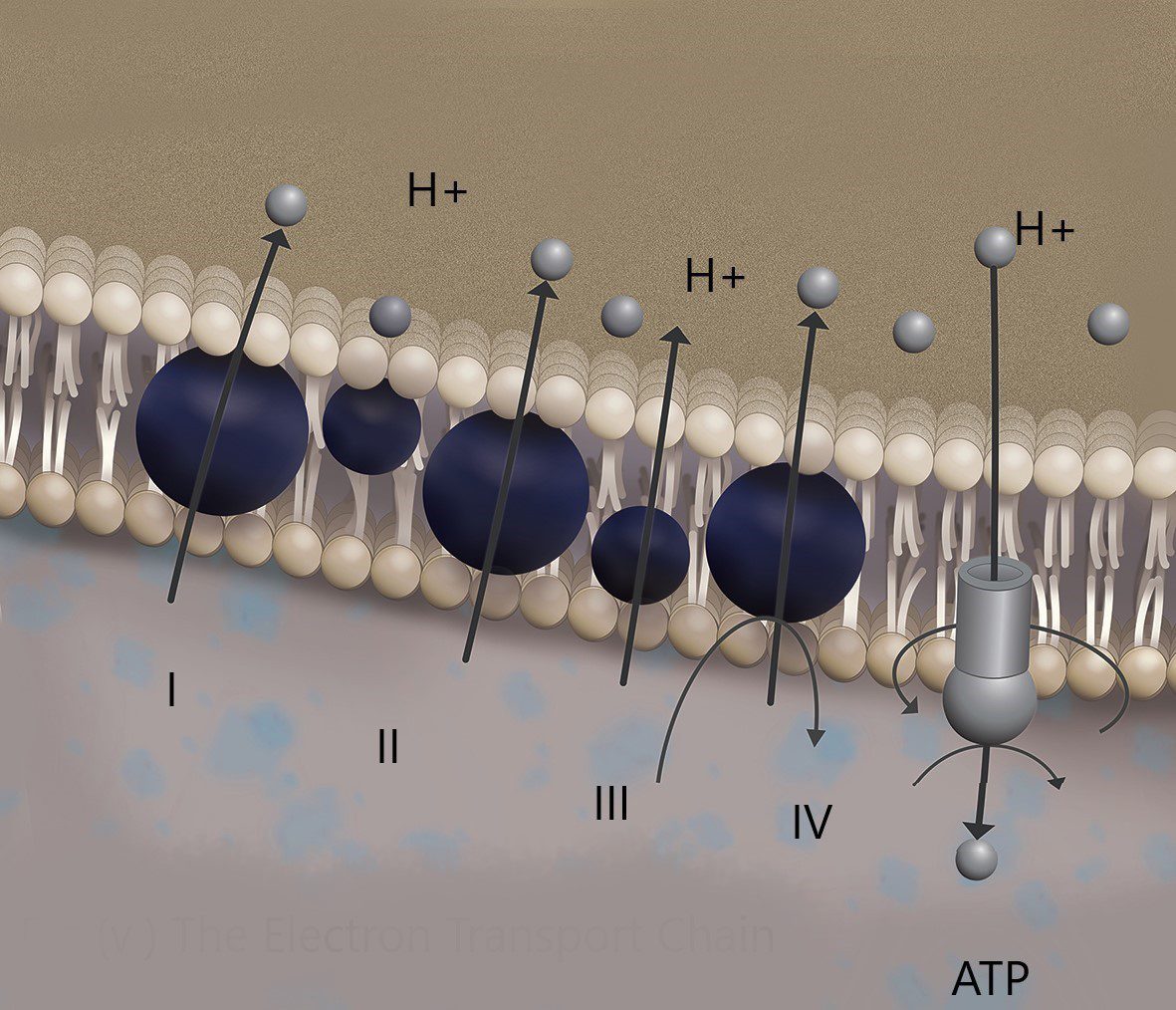
The ETC. Proteins transfer electrons along a series of complexes (I – IV) within the mitochondria to form a gradient that drives the creation of ATP.
Microtubules are narrow, hollow tube-like structures found in the fluid inside the cells of plants and animals. They help support the shapes of the cells and play a particularly important role in the functioning of neurons, which use microtubules as highways to transport materials such as mitochondria along the length of their axon.
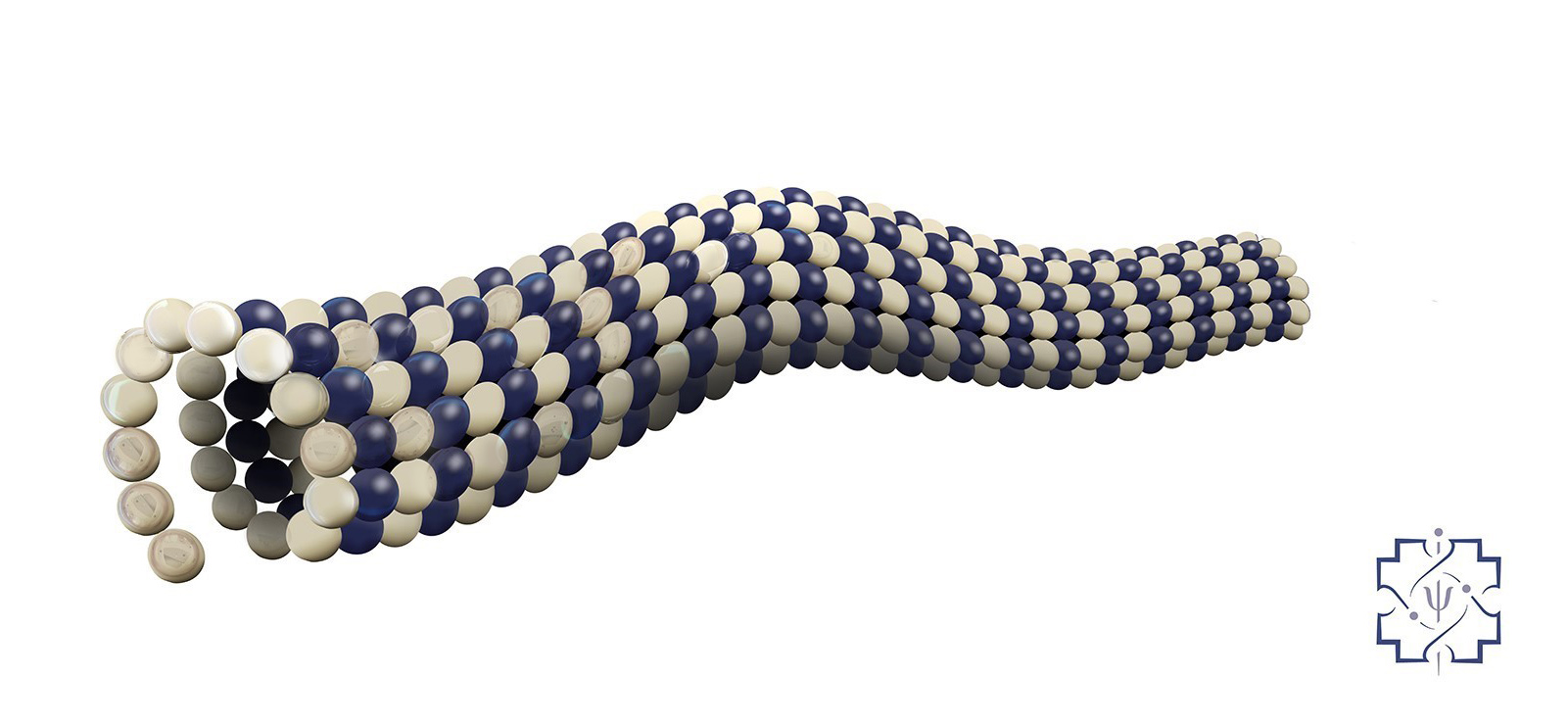
Hormesis Hormesis is the name given to the long-observed biological phenomenon whereby a low dose ‘stressor’ induces adaptation in an organism such that it can be more resistant. It has been long known that mitochondria play a key role in hormesis, as mildly stressing them induces an adaptive response to improve efficiency.
Spin is an intrinsic quantum property. It describes how quantum systems such as electrons and protons will respond to a magnetic field. It also plays a role in chemical reactions, where electrons that occupy the same orbitals must have opposite spin states. Spin also dictates the magnetic properties of certain materials, for instance paramagnetic materials which have unpaired spins, and diamagnetic materials where all the spins are paired.
2024 Autumn Series
Genes and metabolism: bioelectricity and the quantum spark of life
Find out more.
Videos

The Guy Foundation 2021 Spring Series
What is life today? Light as scaffold for organising whole biological systems, and the future of quantum immortality
Dr Philip Kurian, Howard University
Elvira Bramon and Robin M. Murray, ‘A plausible model of schizophrenia must incorporate psychological and social, as well as neuro developmental, risk factors’, Dialogues in Clinical Neuroscience 3:4 (2001), doi.org/10.31887/DCNS.2001.3.4/ebramon
G. L. Celardo, M. Angeli, T. J. A. Craddock and P. Kurian, ‘On the existence of superradiant excitonic states in microtubules’, New Journal of Physics 21 (2019), doi.org/10.1088/1367-2630/aaf839
Fabrízio dos Santos Cardoso, Fernanda Cristina Borini Mansur, Bruno Henrique Silva Araújo, F. Gonzalez-Lima and Sérgio Gomes da Silva, ‘Photobiomodulation improves the inflammatory response and intracellular signaling proteins linked to vascular function and cell survival in the brain of aged rats’, Molecular Neurobiology 59 (2022), doi.org/10.1007/s12035-021-02606-4
Matthew P. A. Fisher, ‘Quantum cognition: the possibility of processing with nuclear spins in the brain’, Annals of Physics 362 (2015), doi.org/10.1016/j.aop.2015.08.020
Michael R. Hamblin, ‘Photobiomodulation or low-level laser therapy’, Journal of Biophotonics 9:11–12 (2016), doi.org/10.1002/jbio.201670113
Michael R. Hamblin, ‘Photobiomodulation for Alzheimer’s disease: has the light dawned?’, Photonics 6:3 (2019), doi.org/10.3390/photonics6030077
Donghoon Kim, Je Min Yoo, Heehong Hwang et al.,‘Graphene quantum dots prevent α-synucleinopathy in Parkinson’s disease’, Nature Nanotechnology 13 (2018), doi.org/10.1038/s41565-018-0179-y
John M. McPartland, Geoffrey W. Guy and Vincenzo Di Marzo, ‘Care and feeding of the endocannabinoid system: a systematic review of potential clinical interventions that upregulate the endocannabinoid system’, PLOS One (2014), doi.org/10.1371/journal.pone.0089566
Alistair V. W. Nunn, Geoffrey W. Guy and Jimmy D. Bell, ‘The quantum mitochondrion and optimal health’, Biochemical Society Transactions 44:4 (2016), doi.org/10.1042/BST20160096
Hadi Zadeh-Haghighi and Christophe Simon, ‘Entangled radicals may explain lithium effects on hyperactivity’, Scientific Reports 11 (2021), doi.org/10.1038/s41598-021-91388-9
